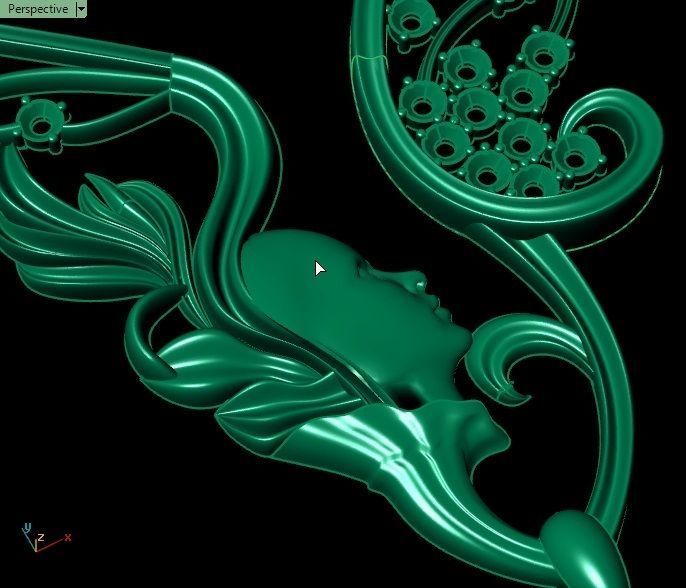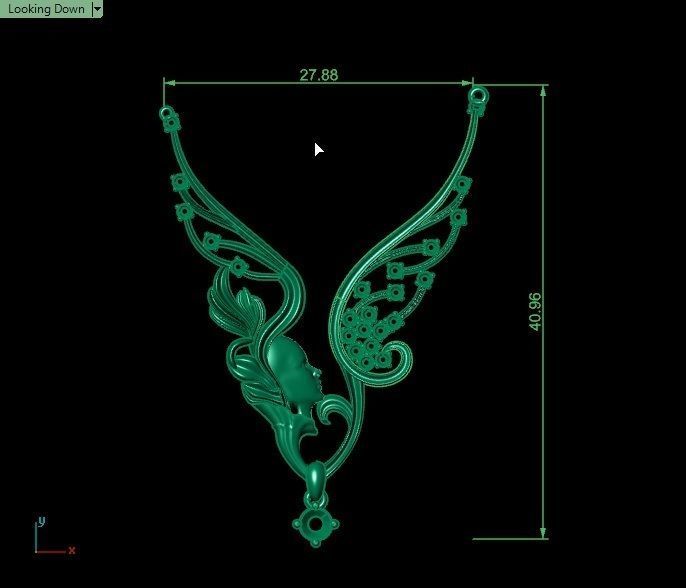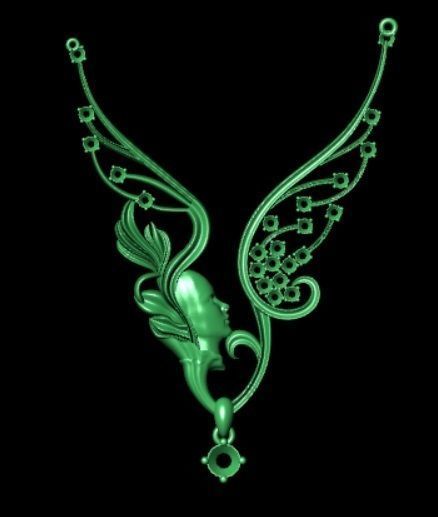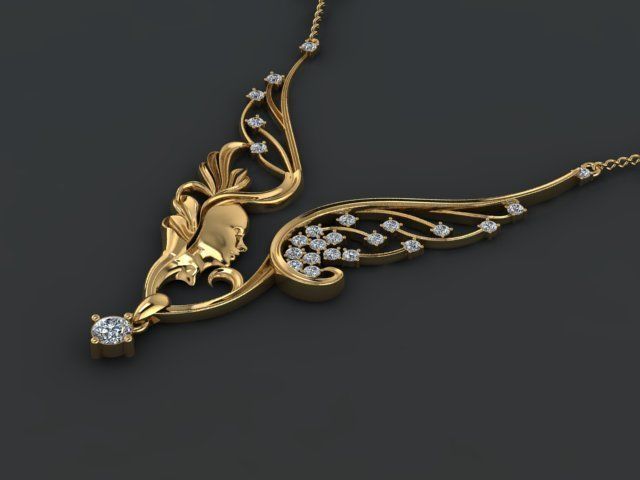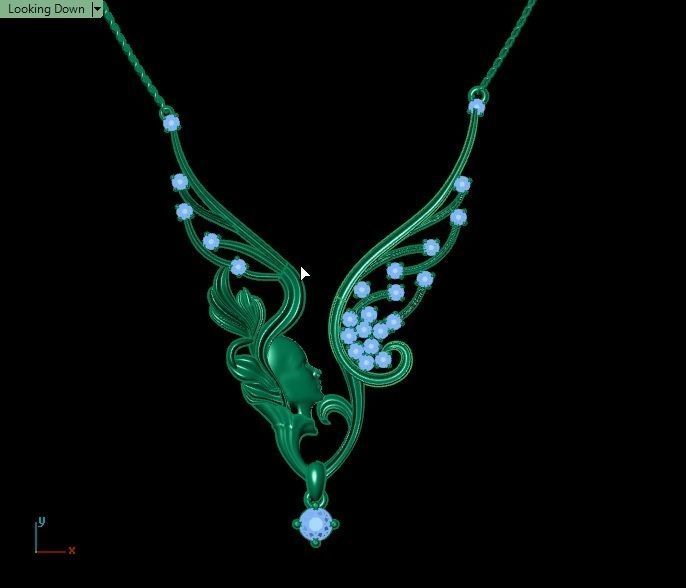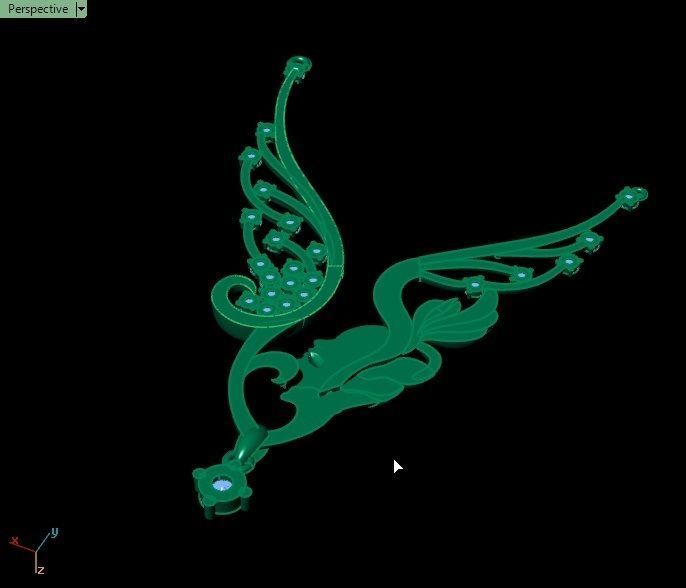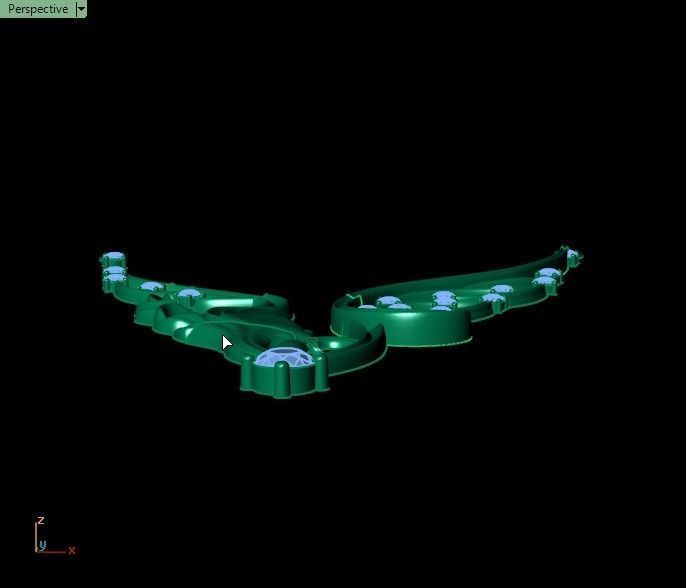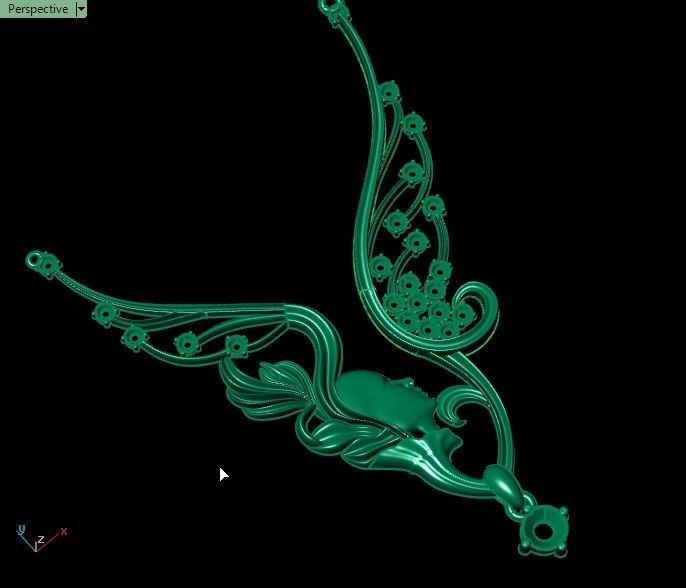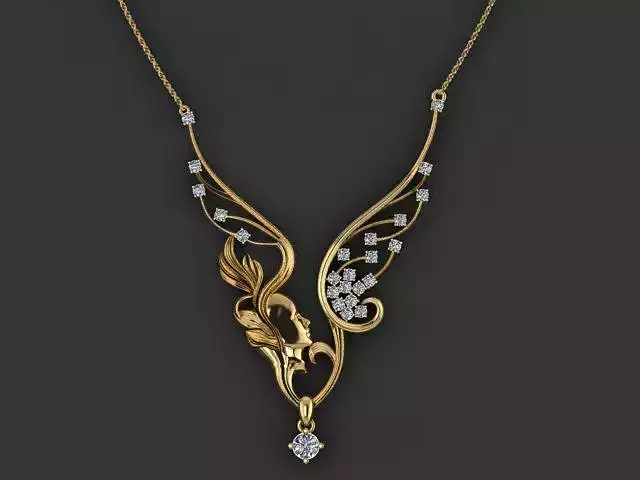
Magerit emerald necklace 3D print model
Diamonds in an angle grinder bladeUnlike hardness, which denotes only resistance to scratching, diamond's toughness or tenacity is only fair to good. Toughness relates to the ability to resist breakage from falls or impacts. Because of diamond's perfect and easy cleavage, it is vulnerable to breakage. A diamond will shatter if hit with an ordinary hammer. The toughness of natural diamond has been measured as 2.0 MPa m1/2, which is good compared to other gemstones like aquamarine(blue colored), but poor compared to most engineering materials. As with any material, the macroscopic geometry of a diamond contributes to its resistance to breakage. Diamond has a cleavage plane and is therefore more fragile in some orientations than others.Diamond cutters use this attribute to cleave some stones, prior to faceting.Ballas and carbonado diamond are exceptional, as they are polycrystalline and therefore much tougher than single-crystal diamond; they are used for deep-drilling bits and other demanding industrial applications.Particular faceting shapes of diamonds are more prone to breakage and thus may be uninsurable by reputable insurance companies.The brilliant cut of gemstones is designed specifically to reduce the likelihood of breakage or splintering.Solid foreign crystals are commonly present in diamond. They are mostly minerals, such as olivine, garnets, ruby, and many others.These and other inclusions, such as internal fractures or feathers, can compromise the structural integrity of a diamond. Cut diamonds that have been enhanced to improve their clarity via glass infilling of fractures or cavities are especially fragile, as the glass will not stand up to ultrasonic cleaning or the rigors of the jeweler's torch. Fracture-filled diamonds may shatter if treated improperly.


